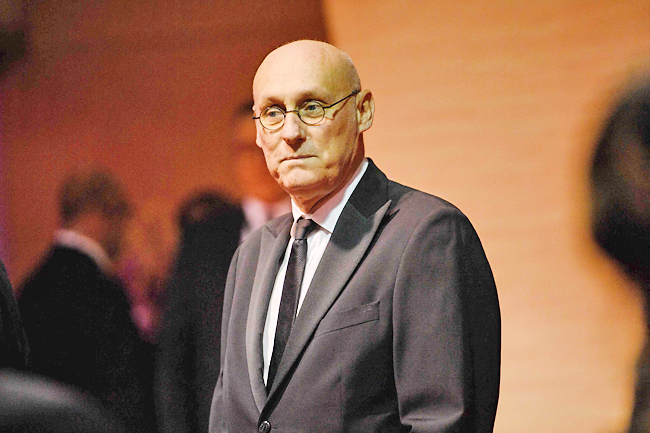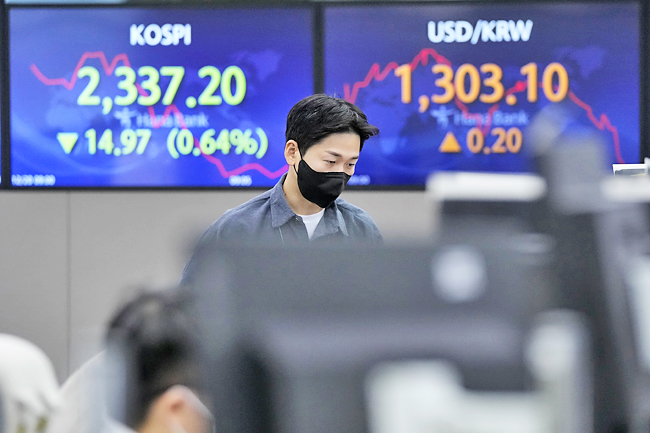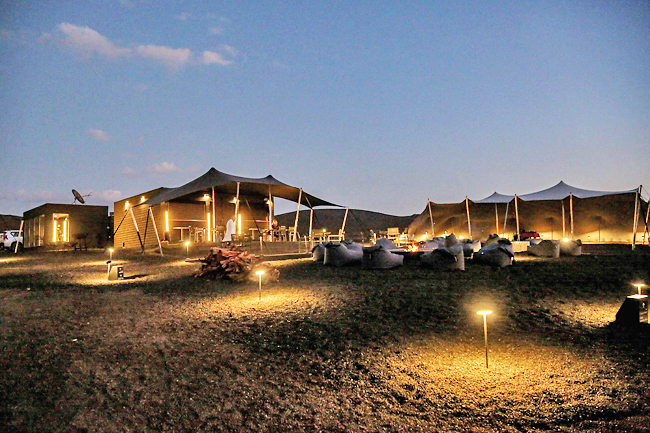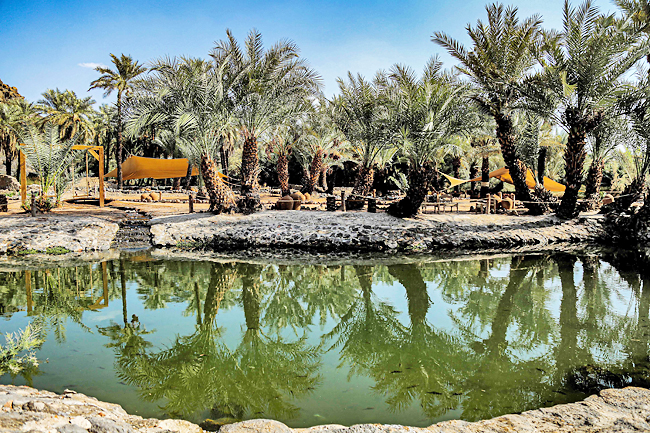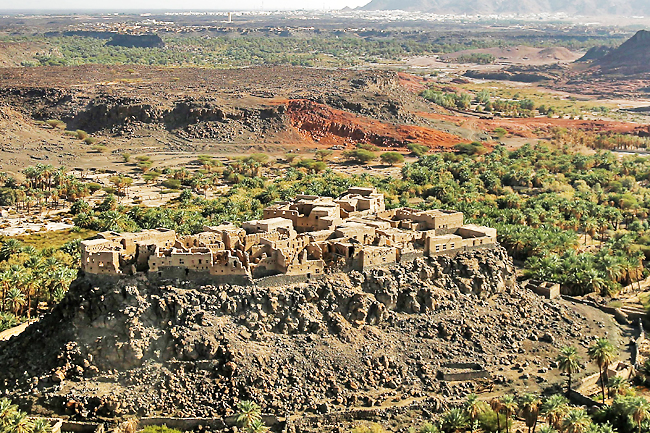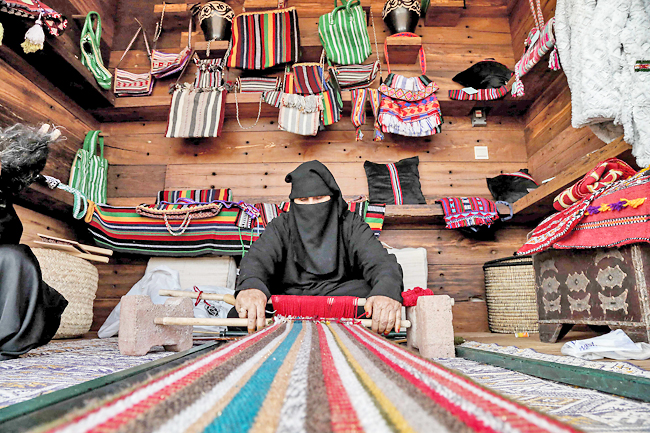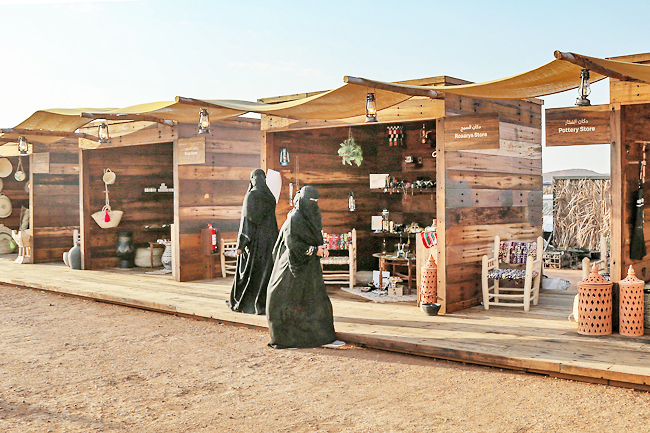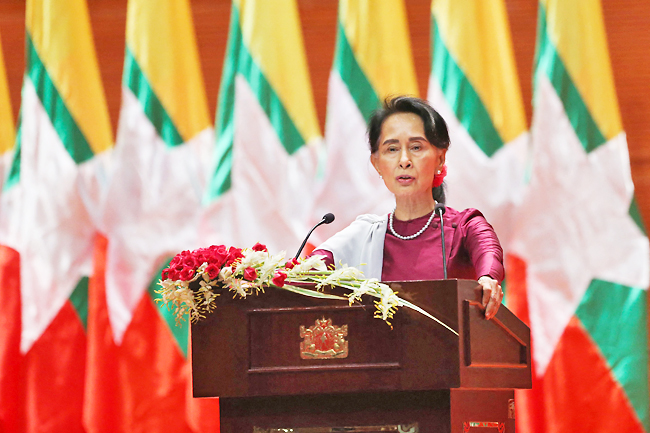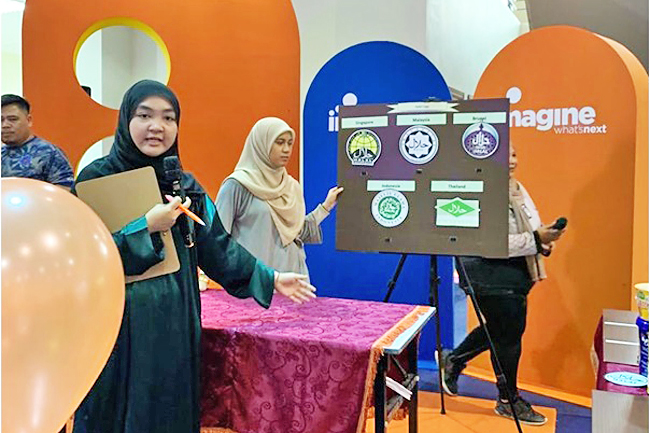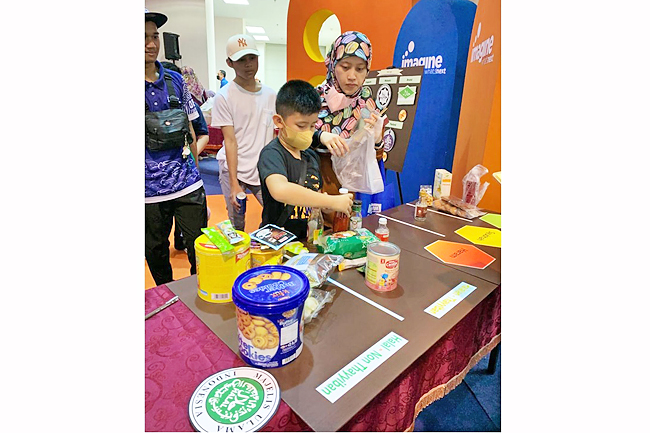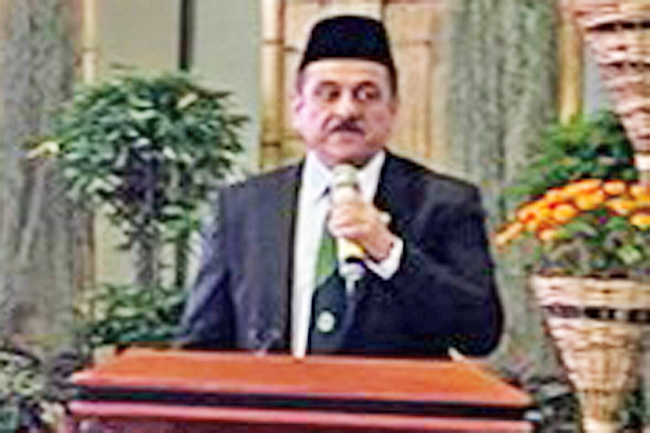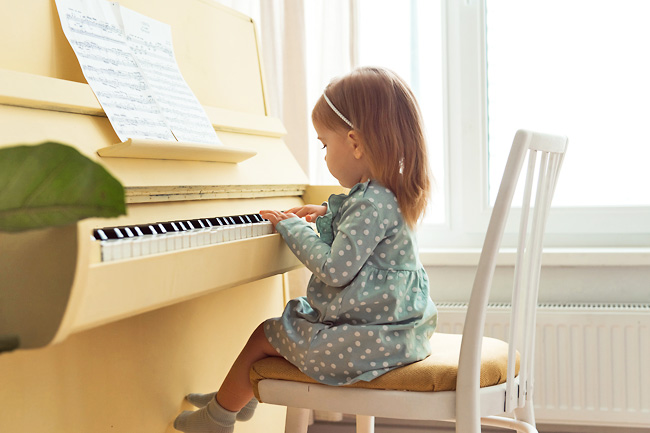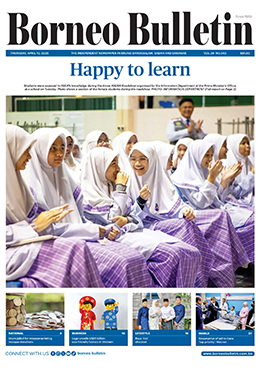Mary Beth Gahan
THE WASHINGTON POST – Every generation struggles with how to raise children who will grow up to be respectful, caring and capable members of society. What is continuously up for debate is what type of parenting is the best method for raising good kids.
The gentle parenting style has been around for a while, but in the age of social media and Internet advice, the concept has increasingly become a trendy term. Just last year, the American Academy of Pediatrics (AAP) updated a policy on preventing toxic childhood stress by focussing on stable and nurturing relationships around children.
So what exactly is gentle parenting? Does it mean that saying no is off-limits? That there are no boundaries, or that children can run wild as we calmly guide them through their days? We asked experts, including paediatricians and an author of books on the subject, to break it down for us.
Q: What is gentle parenting?
A: The idea behind gentle parenting stems from authoritative parenting, which rose to prominence around the 1960s and is defined by “having high standards for your children while also showing a high level of support for them”, according to, The Gentle Parenting Book and The Gentle Discipline Book author Sarah Ockwell-Smith.
With gentle parenting, caretakers use the concept of setting boundaries and tack on a nurturing aspect.
It refers to a “parenting style that acknowledges children need both connection (warmth, responsiveness, kindness, gentleness) and structure (routines, expectations, skill building)”, said paediatrician Andrew Garner, who co-wrote the AAP’s policy on preventing toxic childhood stress.
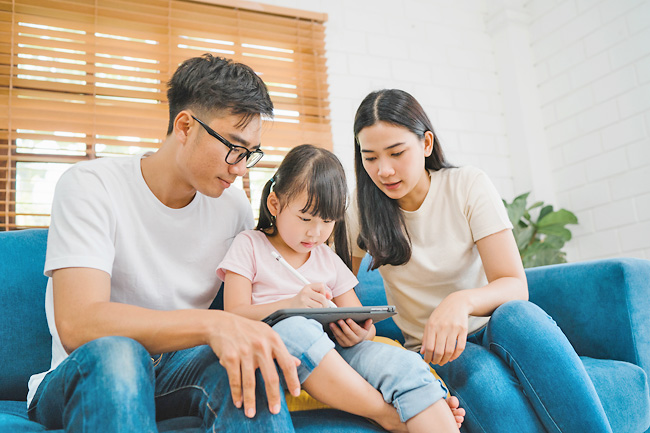
Those who practice gentle parenting also take into account a child’s age when determining the type of discipline to use and how to approach behavioural issues, Ockwell-Smith said.
“Too often, children are punished for simply being a child,” she said. “ie, not having the neurological maturity to behave any other way”.
Q: What are gentle parenting techniques?
A: When children get upset at siblings, a gentle parenting technique would be to help them identify their feelings (“You look angry, and I can understand why you might feel that way”), then find something they enjoy doing, so they can calm down. For adults, that could mean working out or talking with a friend; children may find solace in drawing or building something with blocks, Garner said. This helps them normalise emotions and identify passions that will help them with stressful times throughout life.
“Then, when they are a famous artist or architect or engineer someday, they can genuinely thank their siblings for helping them develop that skill,” Garner said.
Garner said gentle parenting embodies the work of psychiatrist Bruce Perry, who wrote a book with Oprah Winfrey titled What Happened to You?: Conversations on Trauma, Resilience, and Healing. Perry is known for his “regulate, relate, then reason” approach, meaning you calm and soothe children first (regulate), make them feel understood (relate), then have your teaching moment (reason).
Ockwell-Smith suggested parents use the “why, how, what” method, in which a parent asks: “Why is my child doing this?” “How are they feeling?” and “What do I hope to achieve from discipline?” This will help parents tackle whatever the issue is with their child at the time.
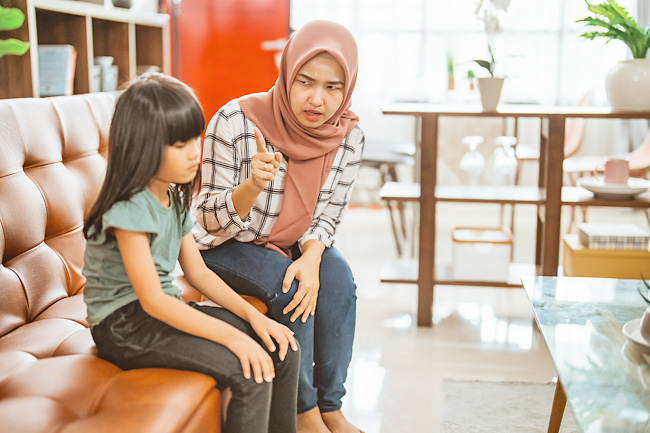
Q: Does gentle parenting mean no discipline?
A: This is a common misconception. Discipline can have a negative connotation, but it stems from the word “teach”, Ockwell-Smith said. Discipline is about teaching children how to behave, communicate and regulate their emotions, not, for example, losing your temper when a child misbehaves.
“If you want to raise kind, considerate, calm, emotionally secure children, you’re not going to achieve that through yelling, shaming, coercing and punishing them,” she said.
When a child needs to be taught a lesson, Ockwell-Smith suggested calming them down first, because no one can learn when emotions are high. Once parent and child are in a better head space, then they can calmly discuss (at the child’s developmental level) what happened and what might have triggered that behaviour, so the child can know how to avoid the situation in the future.
As for the “no” debate, she said that she told her children that word “hundreds of times a day” when they were younger. “The discipline of gentle parenting is collaborative and focusses on teaching. That doesn’t mean that children are left to run riot and out of control,” she said. “We still have boundaries and limits. We still say no. We will stop unsafe and hurtful behaviour.”
Q: What are the benefits of gentle parenting?
A: For parents, it’s a breath of fresh air to not be shouting all the time. And when the adults around children regulate their own emotions, that capability can get passed on. Too much stress on children can adversely affect neurological growth, too.
When parents are creating a stressful environment in the house by getting angry, they’re not able to help children control their emotions, Garner said. “If the caregivers are in survival mode, then the children will be in survival mode,” he said.
“And the parts of the brain that deal with complex functions like abstract thought, working memory, creativity and socialising will be inhibited.”
Paediatrician Syeda Amna Husain said that, no matter the parenting style, the people who surround the child should all follow the same rules, otherwise the method won’t have the intended effect. Like anything with a child’s development, it might take years before you know whether you were successful in your parenting venture.
“If you are trying to raise children who are emotionally intelligent, empathetic, social, self-motivated, self-regulated and curious, then a parenting style that begins with regulation, capitalises on connection and culminates with the building of new skills is just what this doctor orders,” Garner said.
Q: What are the long-term effects of gentle parenting?
A: Children who are exposed to gentle parenting are less likely to have anxiety or low confidence and are less likely suffer from substance abuse, Ockwell-Smith said.
She has also found that it’s easier to parent teens with this method, because they have learnt over the years to respect and regulate their emotions. Her children regularly share their problems with her, because that was part of her parenting style from the beginning.
When they were younger, instead of solitary time apart, they discussed their behaviour and how to avoid triggers in the future.
Physiologically, toxic stress from things such as abuse and household dysfunction can cause increased levels of inflammation in a child’s body, according to Garner. Gentle parenting can build “distress tolerance”, which can help children learn to adapt and cope with strong emotions, Garner said. So when children who have been parented in this style experience extreme stress in the future, they will know how to deal with it in a healthy way.
“Gentle parenting provides those social-emotional buffers that turn toxic stress into tolerable, or even positive, stress,” Garner said.
Q: How do I practice gentle parenting?
A: Ockwell-Smith wrote books on gentle parenting, but she will be the first to admit that the parenting style doesn’t come with a manual or “tool kit of discipline tips”.
“It is an ethos, or a belief system,” she said, “Because it simply means approaching parenting while caring about the child’s experience at all times. It looks different for everybody.”
The main path to practicing gentle parenting, she said, is treating your child with respect while making sure your expectations are age-appropriate and realistic.

